In a speech, Marion Kohler, Acting Assistant Governor of RBA, remarked that decline in inflation is expected to be a “more gradual process than previously thought.”
This outlook stems from the current economic environment characterized by “still-high level of domestic demand” and “strong labour” alongside other cost pressures. These factors contribute to the prediction that inflation will hover just below 3% by the end of 2025.
The Assistant Governor pointed out that the recent trend of declining inflation has primarily been “driven by lower goods price inflation.” In stark contrast, “domestically sourced inflation” – especially in the services sector – has shown resilience, being “widespread and slow to decline.”
Kohler also underscored the nuanced challenges in the next phase of controlling inflation, which she anticipates to be “more drawn out than the first.” This outlook aligns with experiences in other advanced economies that have faced similar inflationary patterns.
Furthermore, she cautioned about the potential for unforeseen challenges, citing the recent increase in fuel prices as an example of supply shocks that could unpredictably influence headline inflation.
Kohler emphasized the uncertain nature of the journey ahead in managing inflation, stating, “the road ahead could be bumpy.”
Full speech of RBA Kohler here.




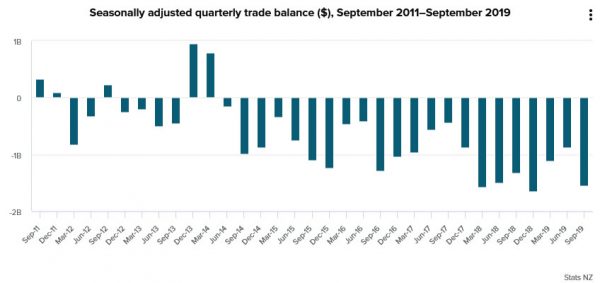
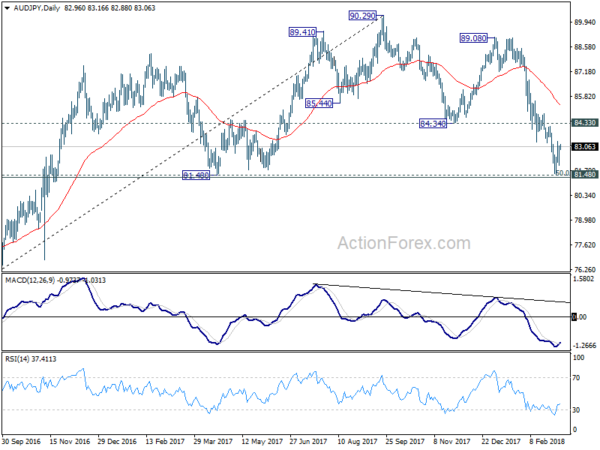
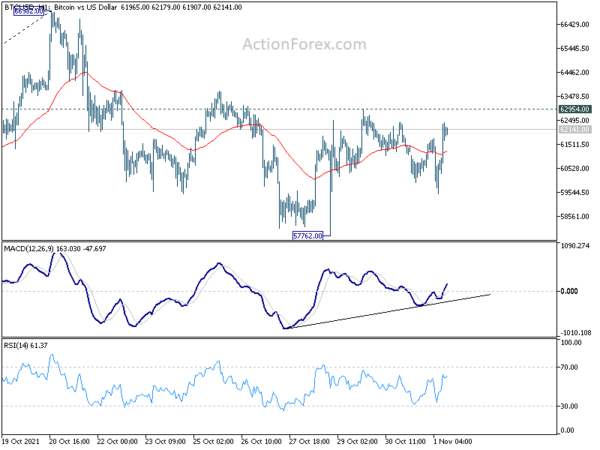
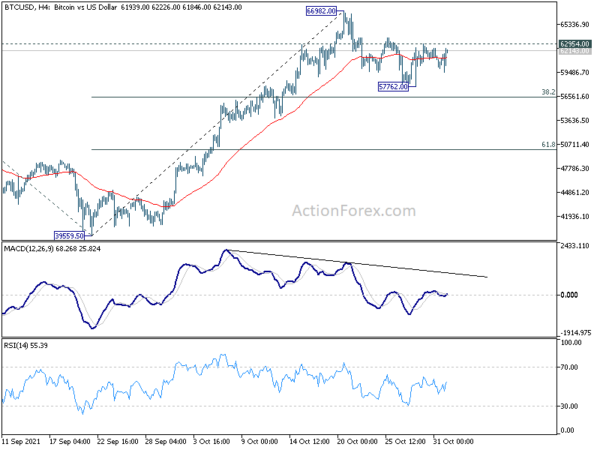
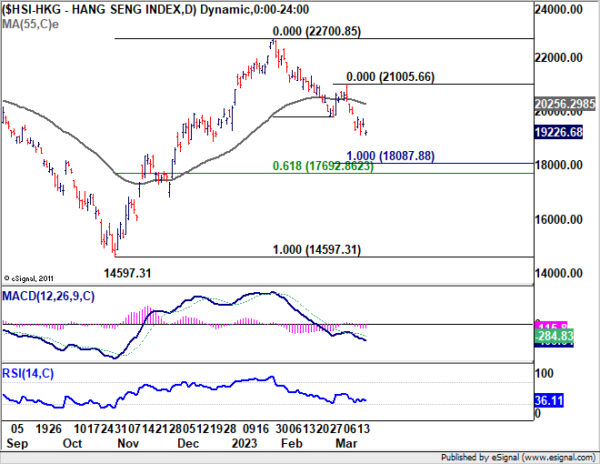


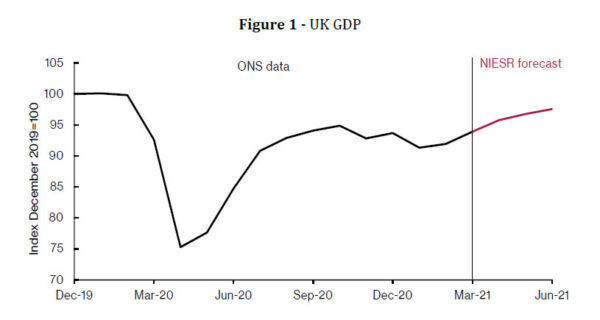
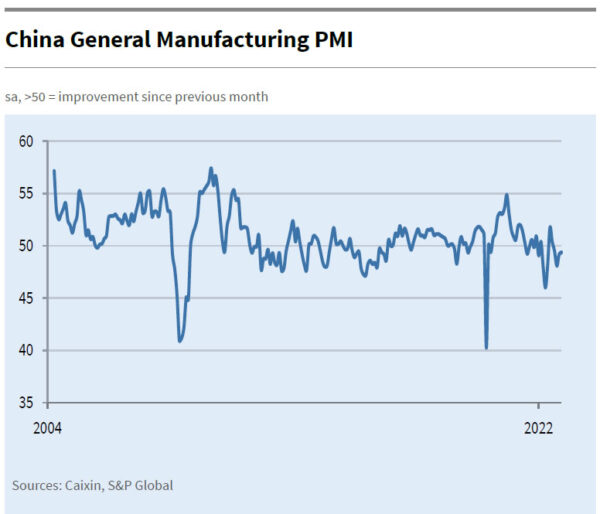
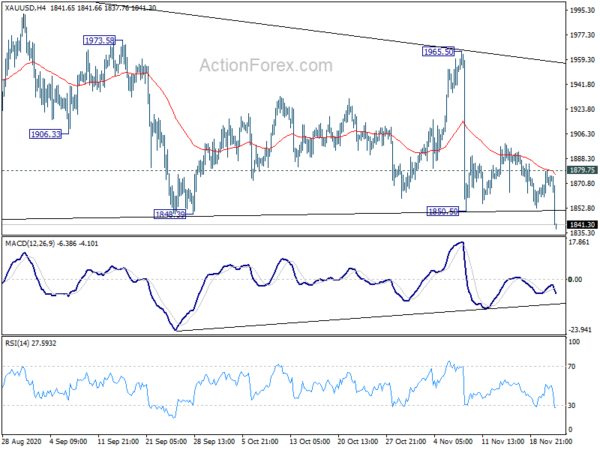
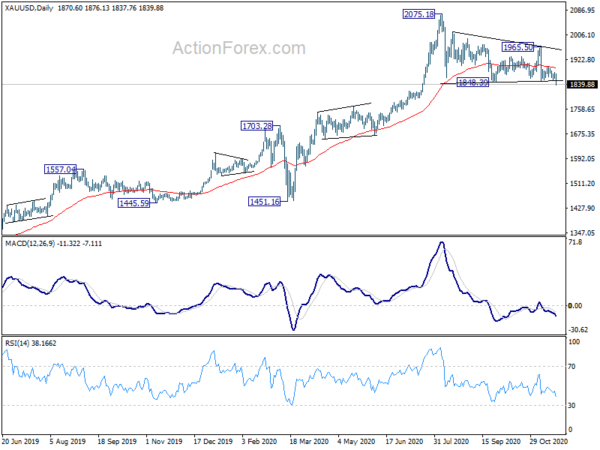
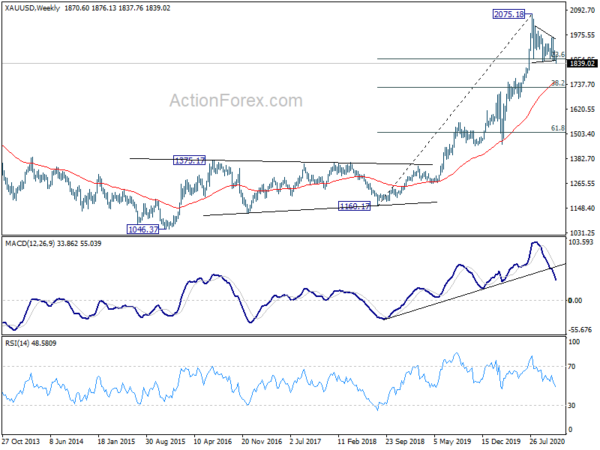
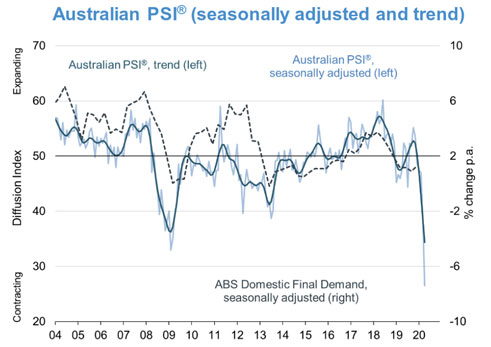
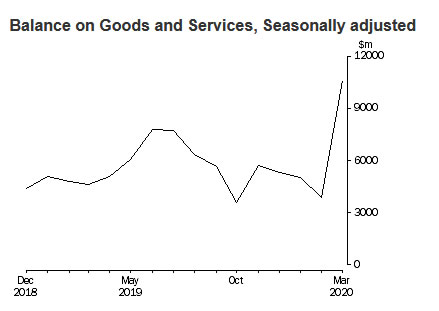

US consumer confidence rises in March, yet expectations remain subdued
US Conference Board Consumer Confidence rose to 104.2 in March, surpassing the expected 101.7, and up from February’s 103.4. The Present Situation Index dipped from 153.0 to 151.1, while the Expectations Index climbed from 70.4 to 73.0. Notably, the Expectations Index has remained below 80 for 12 of the past 13 months since February 2022, a level that often indicates an impending recession within the next year.
Ataman Ozyildirim, Senior Director of Economics at The Conference Board, said that the March gain “reflects an improved outlook for consumers under 55 years of age and for households earning $50,000 and over.” However, he also noted that consumers are “slightly less optimistic about the current landscape,” as the share of consumers stating jobs are “plentiful” declined and those saying jobs are “not so plentiful” increased.
Moreover, consumers’ expectations of inflation over the next 12 months remain elevated at 6.3%. Purchasing plans for appliances continued to soften, while automobile purchases saw a slight increase. Despite the improvement in March, consumer confidence remains below the average level of 104.5 seen in 2022, indicating cautious optimism for the future.
Full consumer confidence release here.